Flaws and Failures
Even the smartest companies make mistakes. The day Lucien Juy decided to make plastic parts for his derailleurs must count as one of the bike industry’s biggest mistakes. The founder of Simplex, who was a great innovator in bike technology, eventually made a step too far in swapping aluminium for plastic. It was the nail in the coffin for the Simplex brand, and today a great many derailleurs made with delrin have suffered cracks, broken in two, and failed under pressure. Not only that, they just looked cheap. I suppose he believed that it was a revolutionary move to change the bike parts industry, plastic being lauded at that time as the material of the future. Little did he know the enormous frustration he was going to cause to generations of bike riders with his cracking plastic derailleurs and shifters.
The Unserviceable Pedal
The Atom 600 is a nice-looking pedal, with a simple elegant design and a high quality component. So when the bearings become loose, which they do over time, can anyone fathom why they decided to make them unfixable? I mean, why?? It’s a nasty surprise, after eventually getting the annoying stuck dust cap off, to find an impenetrable swaged spindle head that forbids access to the bearings. So once they need an overhaul, you may as well throw them in the bin. How really annoying. I have three pairs of these sitting in a box; they feel loose and just need tightening up, but there’s just no way to do it.
Plastic Dust Caps – Ugly, and Rubbish
Stronglight made some of the most beautiful cranks of all time. Yet, to save pennies, they decided to drop their hardier silver dust caps for the worst replacement of all, black plastic ones. With a slit. Now, don’t get me wrong, I’m not saying Stronglight made good quality dust caps before the plastic intervention, far from it. The silver-finished caps with the allen key hole which was prone to rounding, were never that good. These damned plastic ones, however, take the prize of worst dust cap design in history. Indeed, I think Stronglight made a good number of design flaws in their components, but this has to take the biscuit. No excuse.
Back to Simplex
I like these Simplex Super LJ seatposts. Nicely made ( as far as looks ), they are clearly good quality and are pretty collectable nowadays, especially the gold label editions. However, take a look at how you are supposed to clamp them to your saddle. There are two small nuts, facing each other, which sit in between the rail clamps. Now, not only are they a real pain to get at, but there are two other insanely stupid things going on here: when you undo one nut, it won’t loosen completely because the other nut gets in the way. And it is then when you are confronted with a Simplex Absudium: they are threaded oppositely, so any friction unscrewing one out will result in the tightening of the other. This can happen when the nuts rub up against each other as you’re working on getting one of them out. So you’re trying to loosen one, but meanwhile inadvertently tightening the other!
Shimano Screw-Up
Shimano. What can you say? Innovative, practical and efficient. So this one surprised me recently, a rear derailleur from the mid 1980’s that had an idiotic mounting design. When taking the plastic cap off, one would expect a screwed bolt to mount the derailleur to the frame. Like how the vast majority of derailleurs are mounted to the dropout. For this derailleur, however, Shimano decided to do away with a screw-in mounting bolt, and replace it instead with a fixed bolt secured by a narrow nut, on the inside of the dropout. So imagine, years have gone by and you want to remove this derailleur, well now you’ve got a big problem. You’ve got to loosen a thin nut with narrow flats, which you’ll find get rounded easily and which all your spanners and sockets will slip off. There’s no purchase on it, unlike the simple allen bolt screw-in mounting, which just does the job. Here’s a picture below of how I eventually got the derailleur off: using a self-grip wrench, to keep the spanner as tight on the flats as possible, jockey wheels taken off, and one shot of luck.
Huret User-Unfriendly Shifters
What should be simpler than changing a shifter cable? On a vintage bike with downtube shifters, this should be a quick and easy deal. Basically all you need to do is pop out the nipple from the lever hole and pull out the cable, right? Well, for these Allvit shifters, Huret thought better than that. They decided that the hole should sit within the lever body at a right angle, accessed only by unscrewing the whole lever body from the bracket far enough so you can get at the damned thing. So what if there’s a good chance you may drop one of the wafer thin washers, or if everything falls off as you try and work the cable out? Huret made the art of simple mechanics, the one-step removal, into something trickier for no bloody reason.
Self-Extracting Cranksets
Getting off a crank isn’t always an easy business, but with the traditional puller tool you’re pretty much in control, and can use what force you need for extraction. In the early 1990’s, self-extracting cranks came on the scene, and personally, I often find these a real headache. Like this Shimano 600 pictured below, which was designed to be mounted onto a square tapered spindle. The large 8mm allen key crank bolt is right threaded and should be removed by turning anti-clockwise; then, by the clever design of its engineers, hey presto, the crank will pop off with the removed bolt. Not likely. Many will stay resolutely in place, and this particular crank needed a huge amount of work to remove with a traditional puller. Watch out for these early self-extracting cranksets. Perhaps they should have been called self-exasperating cranks.
The Stupidest Crank
I’d never heard of Thun before I came across this devilishly ugly crankset. It’s actually a Thun Silverton, if that name means anything. The finish on this crankset, it’s whole colour and aspect, is downright abhorrent. It’s also heavy and feels like it was pressed in some god-awful factory where they also make steel girders. But that’s not the worst of it. The makers of this horrid thing decided to make it all one-piece, meaning you can’t take the chain rings off. So, when the inner ring inevitably gets dirt and grime clogged in its teeth, you won’t be able to clean it properly. You also won’t be able to swap out chain rings either, so you’ll be stuck with a dirty, worn out crank until you do the decent thing: scrap it, for god’s sake.


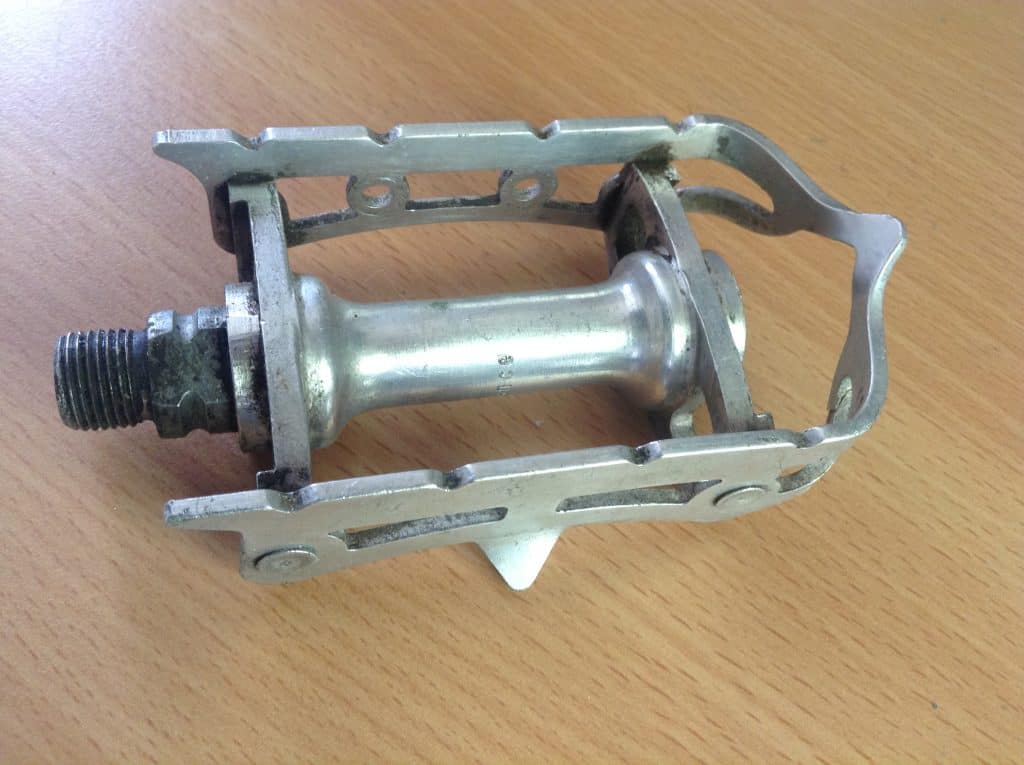
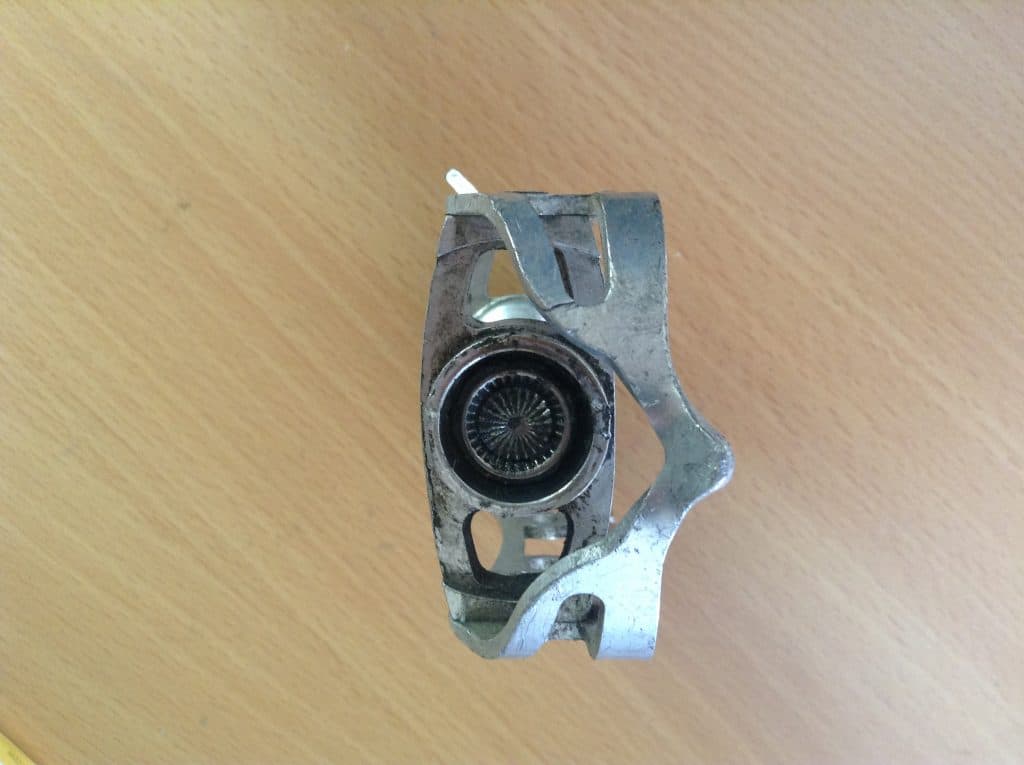
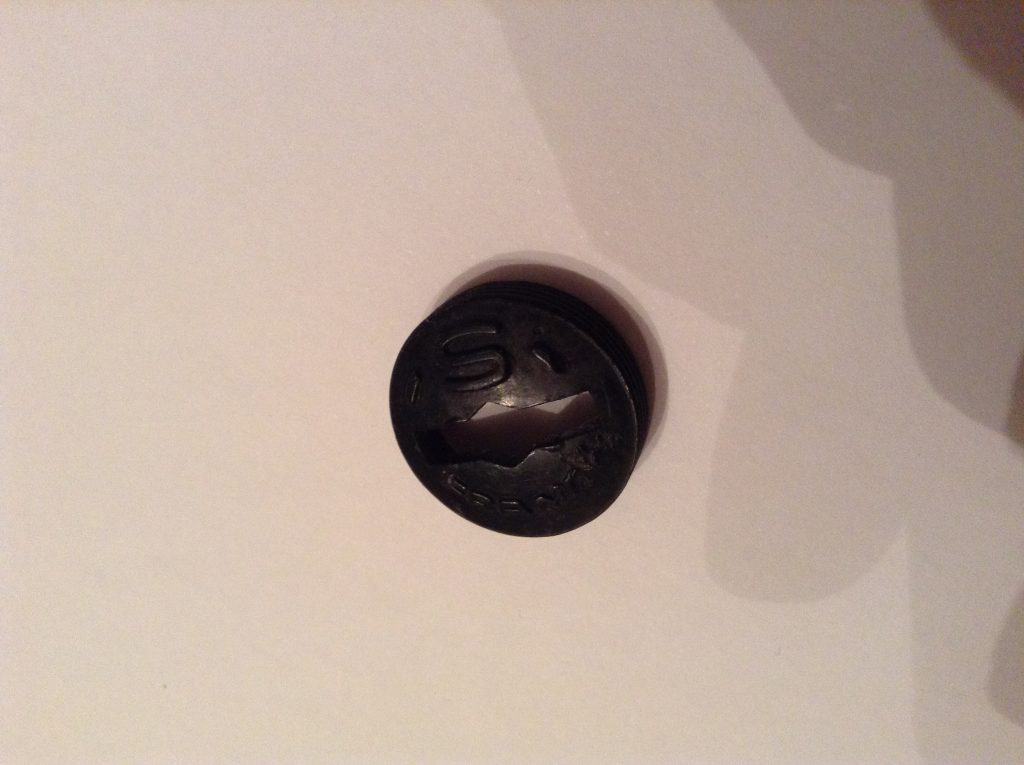
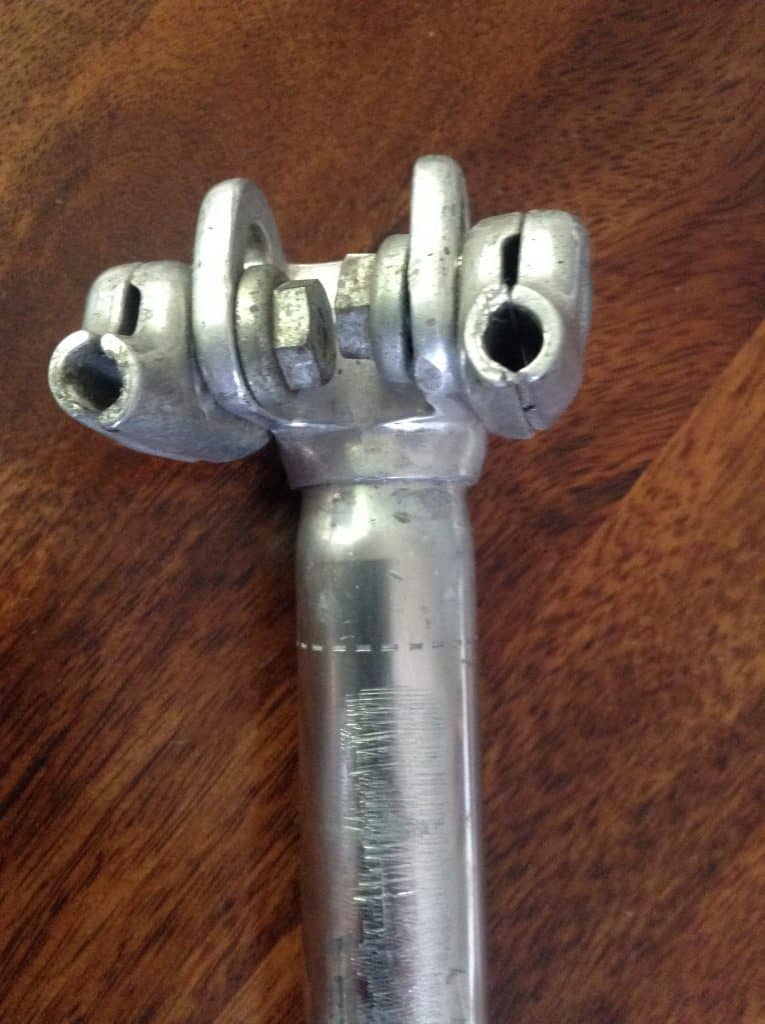
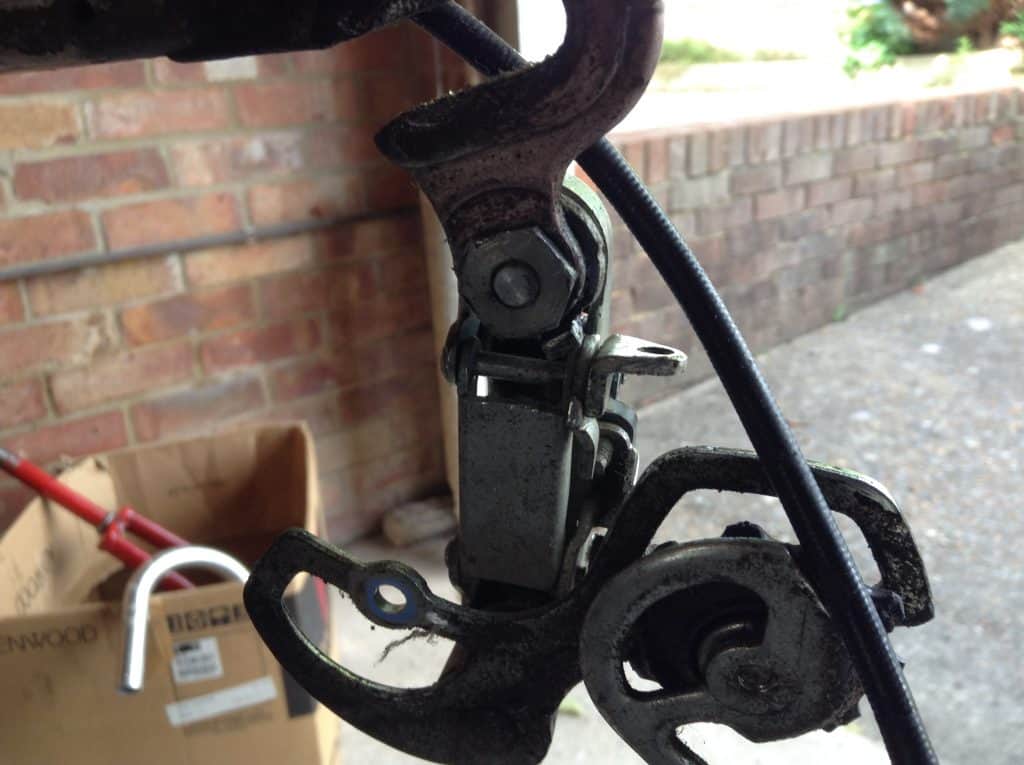
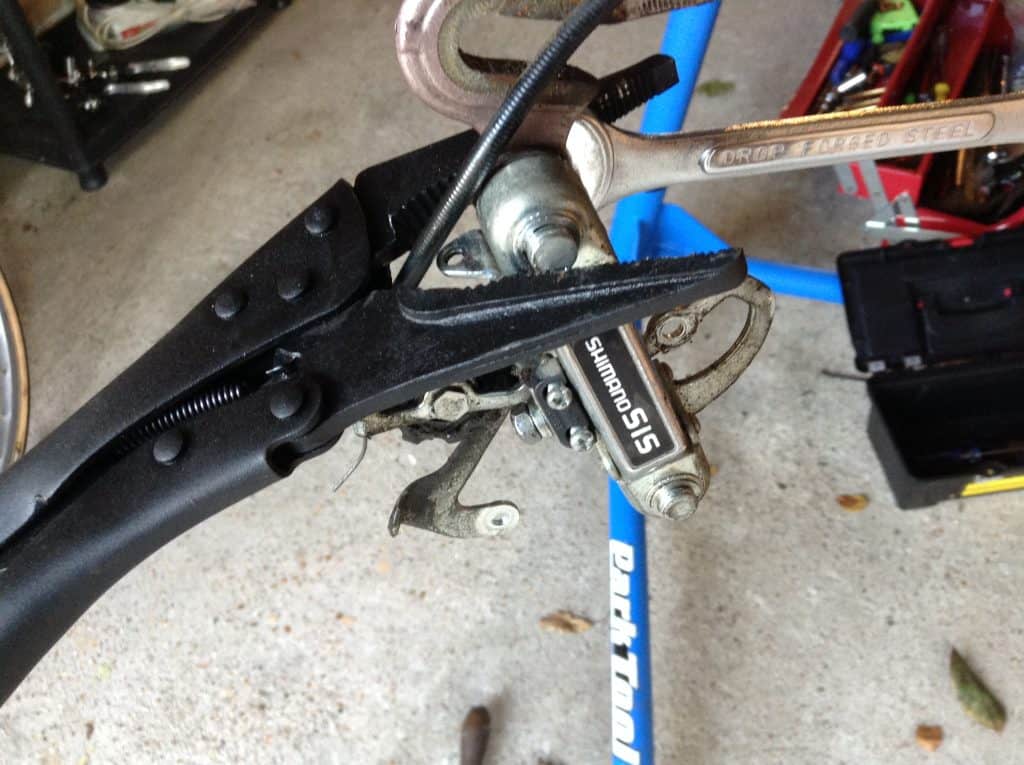
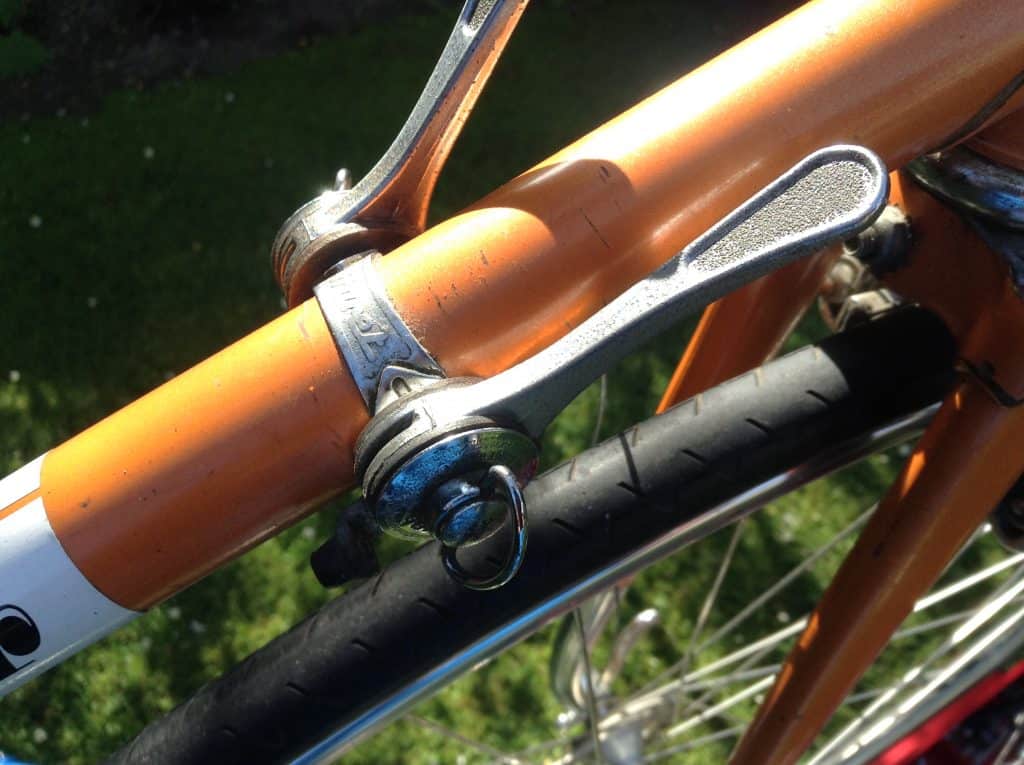
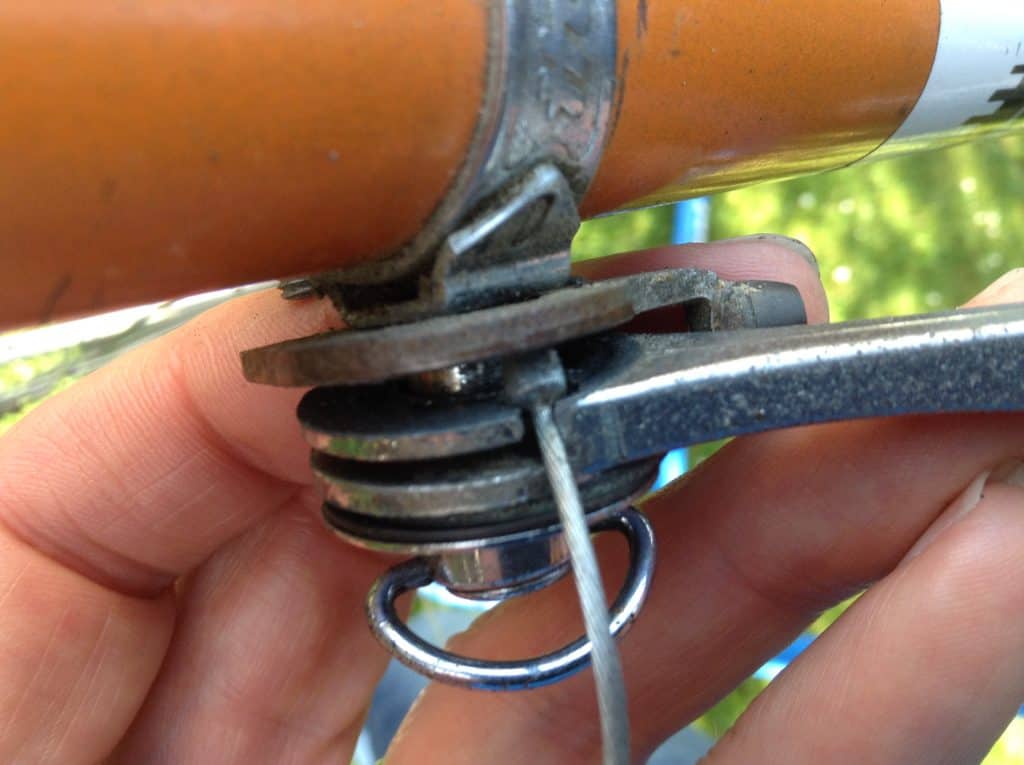
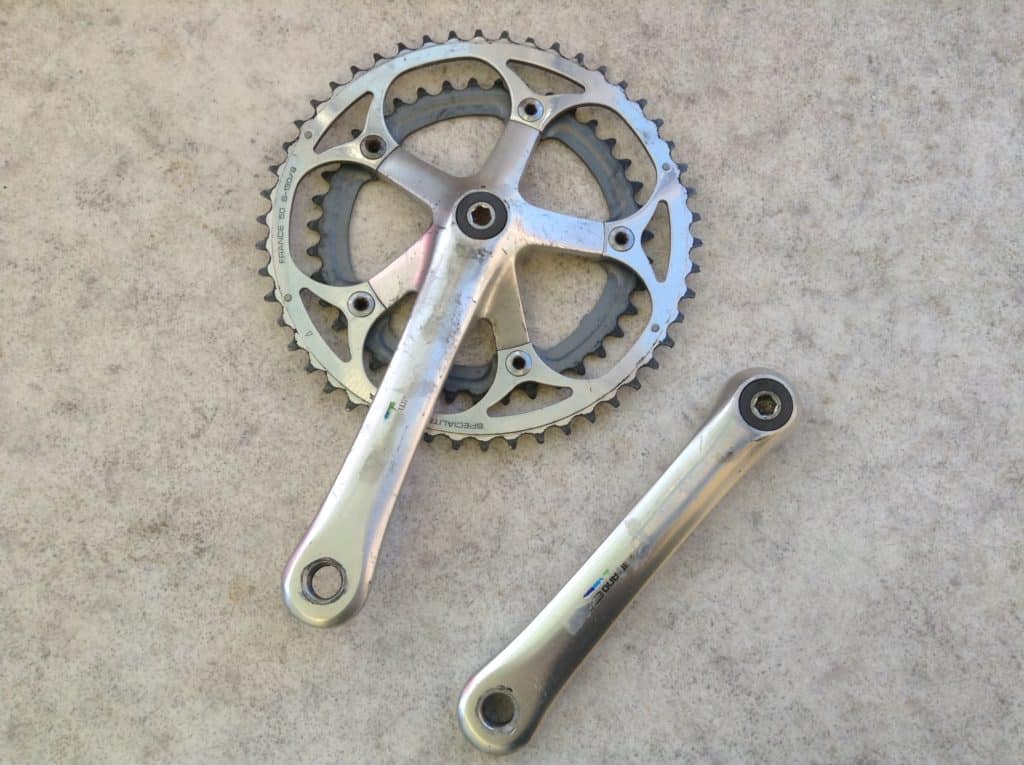
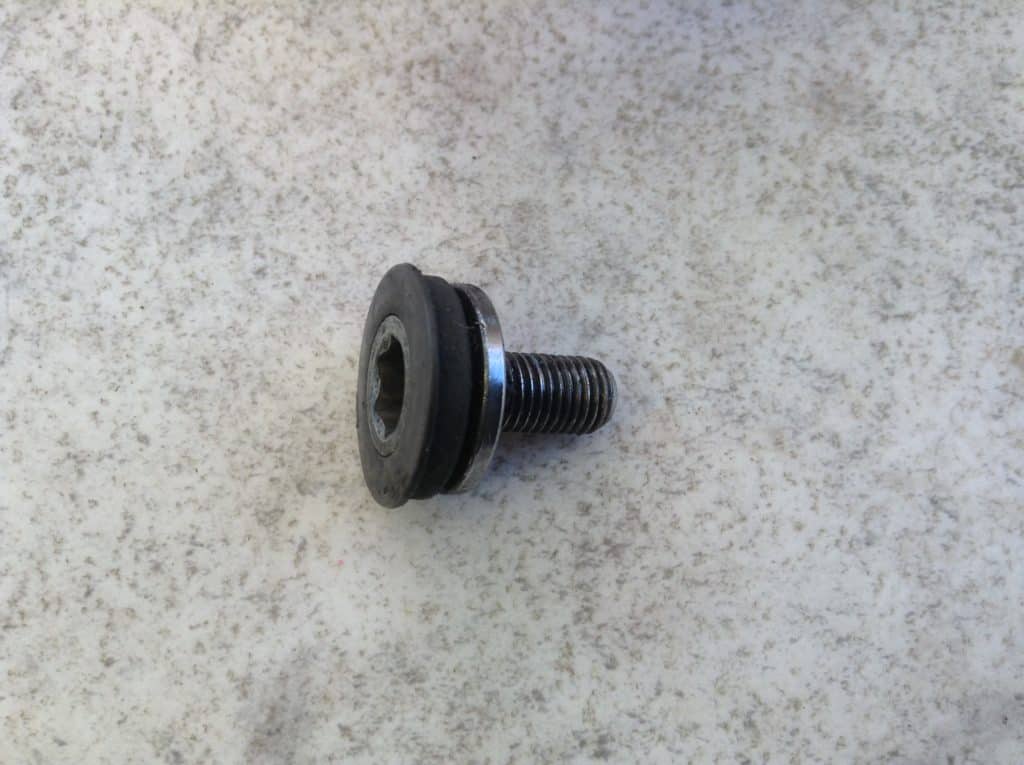
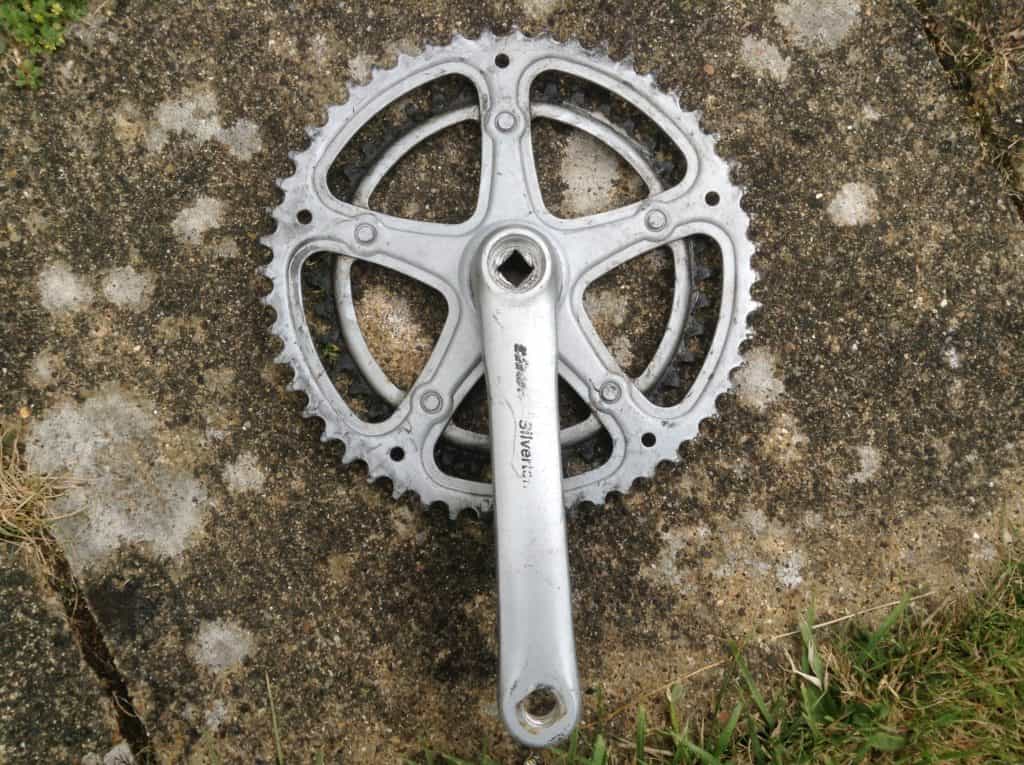
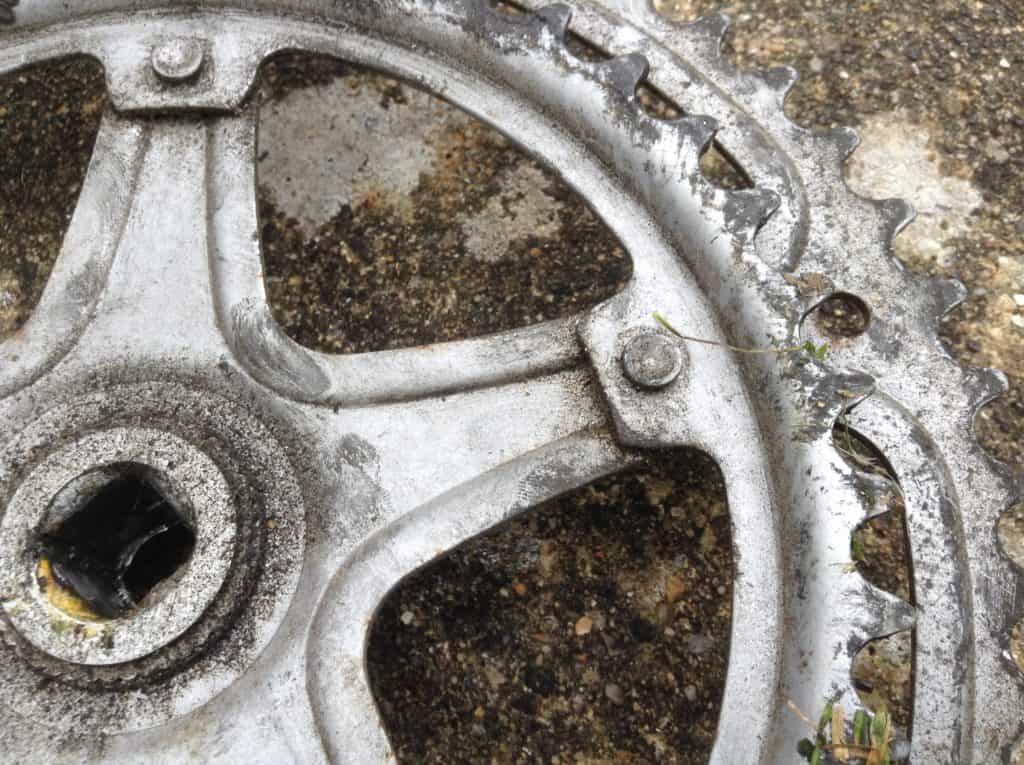
Those shimano cranks are not self extracting. Self extracting cranks have dust caps which thread into the crank arm (like an extractor tool), so that when you loosen the crank bolt the arm gets pulled off. Works well. These are just crank bolts with a plastic spacer to keep dirt out of the arm- also works well. Shimano deserves to be on the list for a few parts they’ve made over the years, but there’s nothing wrong with those cranks.
These crank bolts are supposed to be turned anticlockwise and extract the crank on removal, so they are self-extracting. Here is a link to other people who have come across them: https://www.bikeforums.net/bicycle-mechanics/757165-shimano-600-crank-removal.html